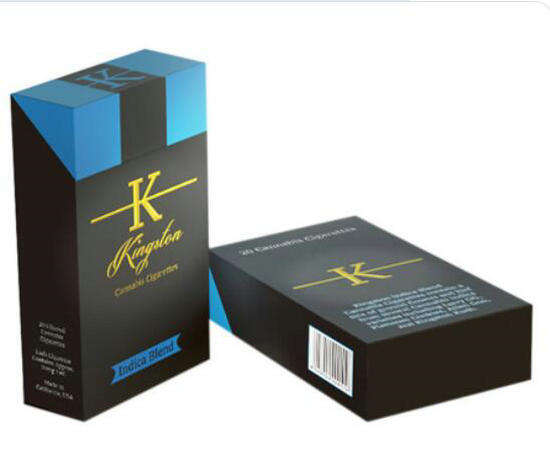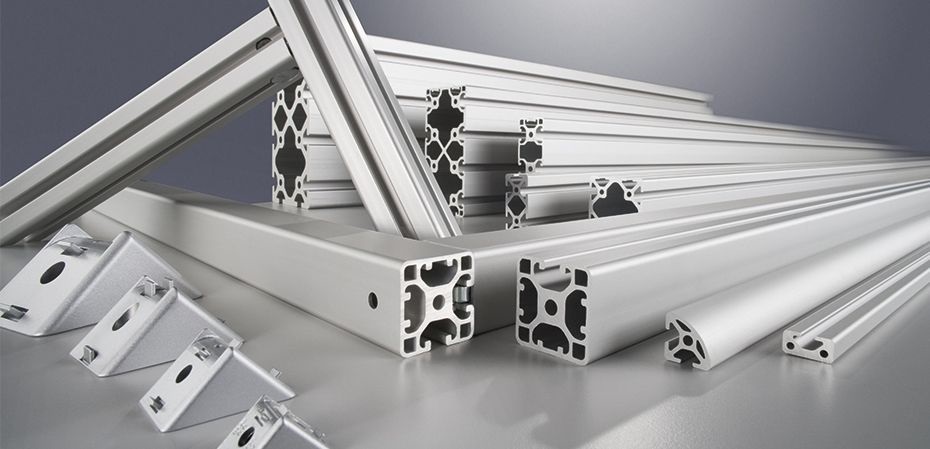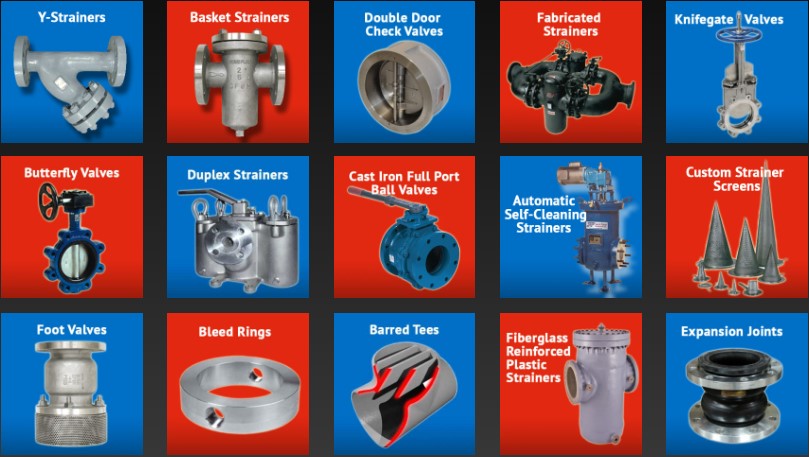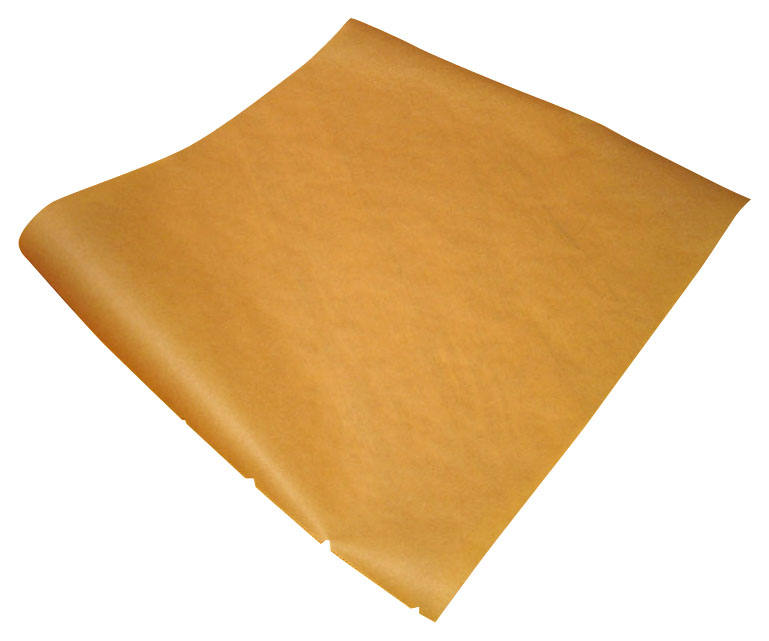Limited edition designs bring excitement to products. They also help brands stand out. In the world of tobacco, creative packaging plays a key role. Let’s explore how brands can craft unique and striking limited edition concepts for their products.
Understanding The Emotional Power of Exclusive Designs
Designers know that people love to feel special. Limited edition items tap into that feeling. When people believe they own something rare, they value it more. That’s why exclusive designs work well for premium products.
In the world of cigarettes, packaging is more than protection. It’s part of the experience. A well-designed box can create a lasting memory. This is true whether someone buys a pack for themselves or as a gift.
A designer must think about who the buyers are. Younger adults might want bold and colorful boxes. Mature smokers may prefer elegant, subtle styles. Knowing this helps brands create designs that connect deeply with customers.
Good designs also use storytelling. For example, a brand may release a box inspired by a city, a festival, or an art movement. This story adds meaning to the product. It makes the buyer feel part of something bigger.
Colors also play a big part. Dark colors can show luxury. Bright shades may signal fun and energy. Designers must choose carefully because colors change how people feel.
Exploring Artistic Styles That Speak to Consumers
Art has inspired packaging for decades. For limited editions, designers often turn to famous art styles. These styles add class and creativity to products. They also help cigarette brands show a unique identity.
Minimalism is popular. It uses clean lines and few colors. This style can look modern and classy. Some brands use minimalist designs for limited editions. They know it can appeal to customers who like simplicity.
Pop art is another option. Bright colors and bold shapes grab attention. Cigarette packaging boxes can become small canvases for playful artwork. Pop art designs can appeal to young urban buyers.
Art deco offers luxury vibes. Geometric shapes and gold lines make boxes look rich. Brands often choose this style for high-end editions. It makes the product feel more exclusive.
Cultural art is also powerful. Brands sometimes use traditional patterns from Asia, Africa, or Europe. These designs can connect with cultural pride. They also show respect for heritage.
Abstract art is full of mystery. Shapes and colors flow in unexpected ways. Boxes with abstract designs look creative and unique. Such designs work well for brands that want to seem modern and daring.
Using Innovative Materials To Elevate Limited Editions
Designers often think beyond paper and ink. Materials matter a lot in creating special packages. For limited editions, brands explore many innovative options. These materials make boxes more exciting and premium.
One choice is metallic foil. It adds shine and catches the light. A silver or gold touch makes a box look expensive. This is perfect for luxury editions.
Soft-touch coatings are another trick. They make boxes feel smooth and silky. People love this texture because it feels rich. Soft-touch also reduces fingerprints, keeping the box clean.
Holographic finishes bring a modern feel. They create shifting colors when moved in the light. This effect can symbolize energy, youth, or innovation.
Designers often combine materials. For instance:
- A matte finish paired with metallic foil for a modern yet luxurious look.
- Embossing with holographic accents for a futuristic vibe.
- Wooden sleeves over standard boxes for a natural touch.
Using innovative materials is not just about looks. These choices also show brand values. They tell customers the brand invests in quality. In limited editions, materials help turn ordinary boxes into collectible items.
Blending Cultural Themes For Global Appeal
Culture plays a big role in design. People love products that reflect their heritage or interests. For limited editions, brands often explore cultural themes. This adds depth and beauty to cigarette packaging.
When brands look at culture, they think about symbols and colors. For example, red and gold are lucky colors in Chinese culture. Using these can make a product more attractive during the Lunar New Year.
Cultural patterns are also useful. Japanese cherry blossoms or Moroccan tiles can decorate boxes beautifully. These designs are more than decoration. They show respect for tradition.
Global appeal is important. A brand selling worldwide must be careful. A design that works in one place may offend people elsewhere. Designers research carefully to avoid mistakes.
Storytelling adds charm. A box might celebrate a festival like Diwali, Carnival, or Oktoberfest. These stories make people feel part of a shared experience. It can also attract travelers looking for souvenirs.
Artists from different cultures bring fresh ideas. Brands sometimes hire local artists to create authentic designs. This approach makes designs feel genuine rather than copied.
Limited edition releases tied to culture often include:
- National holidays with themed graphics.
- Sporting events with country colors.
- Collaborations with famous artists or craftsmen.
- Regional patterns that connect to local pride.
Culture gives cigarette brands endless inspiration. It lets them connect with people emotionally. When done with care, cultural themes turn boxes into keepsakes.
Leveraging Luxury To Enhance Brand Identity
Luxury makes people feel important. Limited edition designs often focus on luxury. They help brands create an image of quality and style. In cigarette packaging, luxury elements can set a brand apart.
First, colors speak volumes. Black, gold, silver, and deep blue are classic luxury colors. These shades suggest elegance and wealth. Designers use them to give boxes a premium look.
Typography matters, too. Elegant fonts with clean lines add sophistication. Embossed letters feel refined. When a brand’s name looks stylish, it builds trust and prestige.
Logos often get special treatment. On luxury boxes, logos might be embossed, foiled, or even plated in metal. This attention to detail tells customers the product is worth more.
Limited edition luxury boxes may include:
- Custom sleeves or outer covers.
- Unique shapes instead of plain rectangles.
- Numbered editions for exclusivity.
- Certificates of authenticity.
Luxury is not only about price. It’s about how a product makes people feel. Brands that invest in luxury designs show customers they value quality. This builds loyalty and respect. In limited editions, luxury can transform cigarette packaging into a symbol of taste.
Embracing Sustainability For Modern Consumers
Sustainability is a big trend. People want products that care for the environment. Even tobacco brands now focus on green choices. Limited edition boxes are a great way to show eco-friendly values.
Recycled paper is one option. It reduces waste and looks good. Some recycled papers have natural textures. This adds charm to the design.
Soy-based inks are another choice. They are safer for the planet than standard inks. They also create bright colors that last.
Brands are cutting down on plastic. Instead, they use biodegradable films or no plastic at all. This change matters to eco-conscious buyers.
Designers must balance sustainability and luxury. Green materials can still feel premium. For example:
- Kraft paper with foil accents.
- Embossed logos on recycled card.
- Bamboo or other fast-growing natural materials.
Sustainable packaging does more than protect products. It shows a brand’s responsibility. For limited editions, it helps brands connect with modern values. Customers feel proud buying products that care for the Earth.
Adding Interactive Elements To Boost Engagement
Technology is changing packaging. People want more than good looks. They enjoy experiences. Limited edition boxes can use interactive elements to amaze customers.
One popular idea is QR codes. Scanning a code can reveal videos, music, or stories. It makes a simple box come alive.
Some brands use augmented reality (AR). Customers can point their phone at the box. Suddenly, animations or 3D images appear on screen. This turns cigarette packaging into entertainment.
Hidden messages are also fun. A special layer might reveal a message when scratched off. Or heat-sensitive ink might change color when touched. These surprises keep people talking.
Interactive designs can include:
- Links to exclusive online events.
- Games or contests tied to the product.
- Virtual tours of factories or artist studios.
- Personal messages for gift editions.
Smart packaging chips are becoming more common. They let brands track products or prove they’re genuine. For customers, these chips can unlock rewards or special content.
Conclusion
Creating limited edition packaging is more than just design — it’s a strategy that blends emotion, art, culture, luxury, and innovation. When done thoughtfully, it helps brands connect deeply with customers and stand out in a competitive market. From the use of premium materials to the influence of cultural themes and modern interactive elements, each detail plays a key role in elevating the product experience. Even the integration of sustainability shows that brands can care for the planet while offering style. Ultimately, limited edition concepts turn cigarette packaging boxes into collector’s items, emotional touchpoints, and symbols of identity. For companies looking to leave a lasting impression, these unique designs are a powerful way forward.






